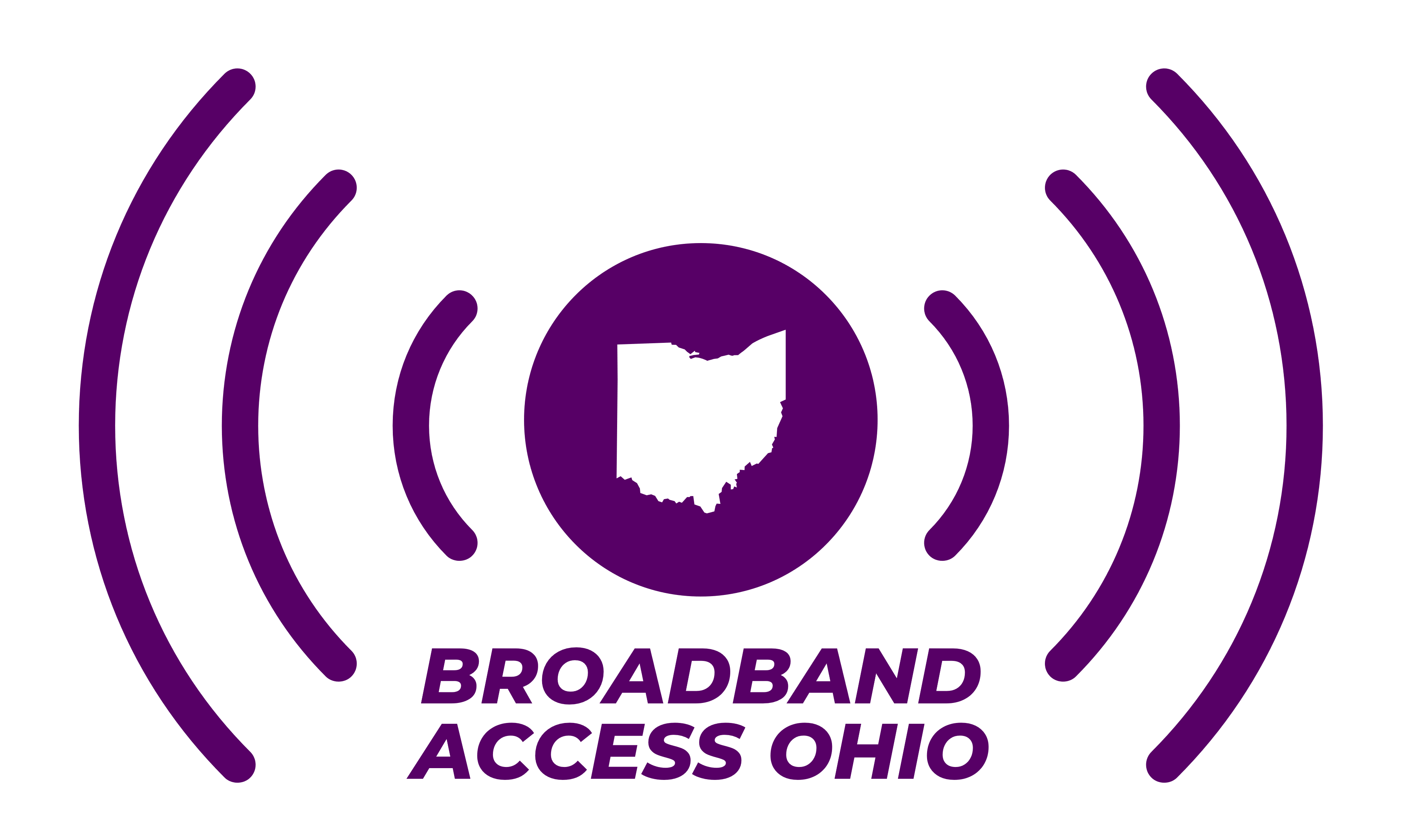Laura Kagy learned about federal funds available to expand broadband services almost a year ago and called it to the attention of Seneca County officials. Since then, a task force has been created and the county is working through the process required to apply for money to expand internet connectivity in the county.
Kagy, superintendent of Seneca East Schools and a Seneca Rural Broadband Task Force member, spoke to the League of Women Voters of the Tiffin Area Wednesday evening and provided an update on the journey toward providing more rural broadband services.
She said the topic of internet connection was at the top of her mind when she heard about the federal funds because she and the Seneca East district had been struggling to get internet access for students when the pandemic shut down schools.
The shutdown, which happened overnight, became a large challenge because she said there were many students who did not have internet access at home.
“We learned pretty quickly there were a lot of obstacles,” she said. “We literally built the plane while we were flying it to make that happen.”
Since then, Kagy said she has learned a lot about what it takes to connect rural Ohio to the internet.
“I learned some things most people don’t know,” she said.
One of those things was the discrepancy between the coverage area service providers can advertise for marketing purposes and the actual coverage area. She said providers can count an entire street or road as having access if at least one house is served.
“When you look at the maps, it looks like your service area is much better that it actually is,” she said. “Service providers wanted to market it as being available, but families weren’t able to get it.”
Because of the discrepancy, she said she and her staff contacted the individual families of Seneca East’s 900 students who live in 55 square miles.
“Think of that across Ohio,” she said. “Think of that in areas far more rural than we are.”
As the issues became known, she said the federal government allotted funds to provide high-speed internet services.
As soon as she heard about it, she contacted the Seneca County commissioners.
“I asked them not to let Seneca County be left behind,” she said. “I made a plea to the county commissioners to take the lead.”
A short time later, Kagy said the commissioners, David Zak of Tiffin-Seneca Economic Partnership and a cross-section of other county leaders met and created the task force.
“I soon found myself very involved in this process, even though I’m no expert on how to build a broadband network,” she said. “I just keep pushing people and needling them along so this doesn’t get lost in the shuffle.”
Although she said there are millions of dollars available to counties through an application process, she said there has been much to learn before the task force can file an application.
“You can’t put a proposal together until you have accurate maps,” she said. “So (the task force) hired a firm to complete the project of developing the maps and surveys and developing an analysis so we can see exactly where our weak areas are in the county.”
Kagy said the county is fortunate because the county’s internet service providers are willing to share their data with the company doing the study. She said data is shared privately to avoid publicly disclosing company secrets, but they are cooperating instead of keeping that information from the task force.
“We will be one of the few counties where we will have an analysis of exactly how far down this road the internet actually goes,” she said. “That puts us ahead of other counties doing the same work. Seneca County is very fortunate that we started off with all of these people at the table.”
Currently, Kagy said Ice Miller LLP, the firm hired by the task force, is putting together numbers in preparation for conducting a survey and gap analysis.
At the Dec. 7 Seneca County commissioners meeting, Zak reported on the task force’s progress. He said the North Central Ohio Regional Council of Governments is managing the study process with a goal of putting together an accurate assessment of the level of broadband access offered across the county, a strategy to create infrastructure to make internet access available to everyone and a way to gain access to local, state and federal funding for the project.
Several initiatives at the state and federal levels have been launched, making money available for rural broadband expansion.
“Internet is not a luxury,” said NCORcog Director John Davoli. “It is a much-needed, basic utility.”
The cost for the broadband study is nearly $90,000.
At the meeting, the commissioners indicated support for the study.
After that report is complete, Nagy said documents will be provided to the task force and a further planning will take place.
“It’s hard to say when the timeline will be for it to actually happen,” she said. “It’s really pretty exciting to see what kind of an impact it would have kids and teachers.”
From an educational standpoint, Kagy said many students don’t have internet access at all and many others have limited access, which she compared to the former dial-up systems compared to high-speed services.
“It’s one of the very few projects I have been involved with that everyone agrees we need to do something about,” Kagy said. “And now’s the time.”
Click to here to view the original article: https://advertiser-tribune.com/news/365736/county-tackles-internet-access-problem/

Recent Comments